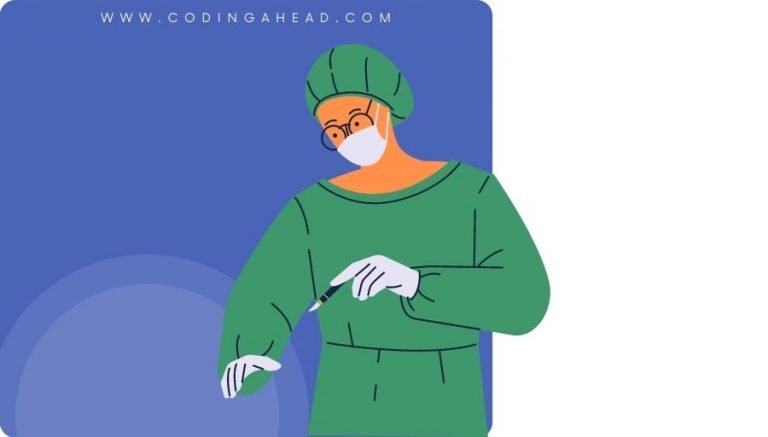How To Use CPT Code 64644
CPT 64644 describes the chemodenervation procedure performed on five or more muscles of one extremity to relieve pain and spasms. This article will cover the description, procedure, qualifying circumstances, appropriate usage, documentation requirements, billing guidelines, historical information and billing examples.
1. What is CPT Code 64644?
CPT 64644 is used to describe a chemodenervation procedure that involves injecting a chemical, such as Botox®, into five or more muscles of one extremity. The aim of this procedure is to interrupt the nerve signals that activate the muscles, resulting in the paralysis of the muscles or a group of muscles. By doing so, this procedure helps relieve pain and spasms experienced by the patient.
2. Official Description
The official description of CPT code 64644 is: ‘Chemodenervation of one extremity; 5 or more muscles.’
3. Procedure
- The provider begins by assessing the patient’s condition and determining the need for chemodenervation.
- A pharmacologic compound, such as botulinum toxin or atropine, is injected into five or more muscles of one extremity.
- The injected compound interrupts the nerve signals that activate the muscles, resulting in their paralysis.
- This procedure helps relieve pain and spasms experienced by the patient.
4. Qualifying circumstances
CPT 64644 is performed on patients who experience pain and spasms in one extremity and require relief. The procedure involves injecting a pharmacologic compound into five or more muscles of the affected extremity. It is important to note that this procedure should only be performed by a qualified healthcare professional.
5. When to use CPT code 64644
CPT code 64644 should be used when a chemodenervation procedure is performed on five or more muscles of one extremity to relieve pain and spasms. It is important to ensure that the procedure meets the specific criteria outlined in the official description.
6. Documentation requirements
To support a claim for CPT 64644, the healthcare professional must document the following information:
- Patient’s diagnosis and the need for chemodenervation
- Specific muscles injected with the pharmacologic compound
- Date and details of the procedure
- Progress made by the patient and any follow-up treatments scheduled
- Signature of the healthcare professional performing the procedure
7. Billing guidelines
When billing for CPT 64644, ensure that the procedure meets the specific criteria outlined in the official description. It is important to follow the appropriate coding guidelines and report any additional procedures or services performed in conjunction with CPT 64644. For chemodenervation procedures on additional extremities, report the add-on code 64645 in addition to 64644 for the primary procedure.
8. Historical information
CPT 64644 was added to the Current Procedural Terminology system on January 1, 2014. It underwent a code change on January 1, 2015, with the description being updated to ‘Chemodenervation of one extremity; 5 or more muscle(s).’ There have been no further updates to the code since then.
9. Examples
- A patient with severe muscle spasms in their right arm receives chemodenervation of five muscles in the arm to alleviate the symptoms.
- A person suffering from chronic pain in their left leg undergoes chemodenervation of six muscles in the leg to relieve the discomfort.
- An individual with muscle spasms in their right hand receives chemodenervation of seven muscles in the hand to reduce the spasms.
- A patient with a neurological condition experiences severe pain in their left foot and receives chemodenervation of six muscles in the foot to alleviate the pain.
- A person with muscle spasms in their right shoulder undergoes chemodenervation of five muscles in the shoulder to relieve the spasms.
- An individual with muscle tightness in their left thigh receives chemodenervation of six muscles in the thigh to alleviate the tightness.
- A patient with muscle spasms in their right forearm undergoes chemodenervation of seven muscles in the forearm to reduce the spasms.
- A person with severe pain in their left hand receives chemodenervation of five muscles in the hand to alleviate the pain.
- An individual with muscle spasms in their right calf undergoes chemodenervation of six muscles in the calf to relieve the spasms.
- A patient with muscle tightness in their left shoulder receives chemodenervation of seven muscles in the shoulder to alleviate the tightness.




